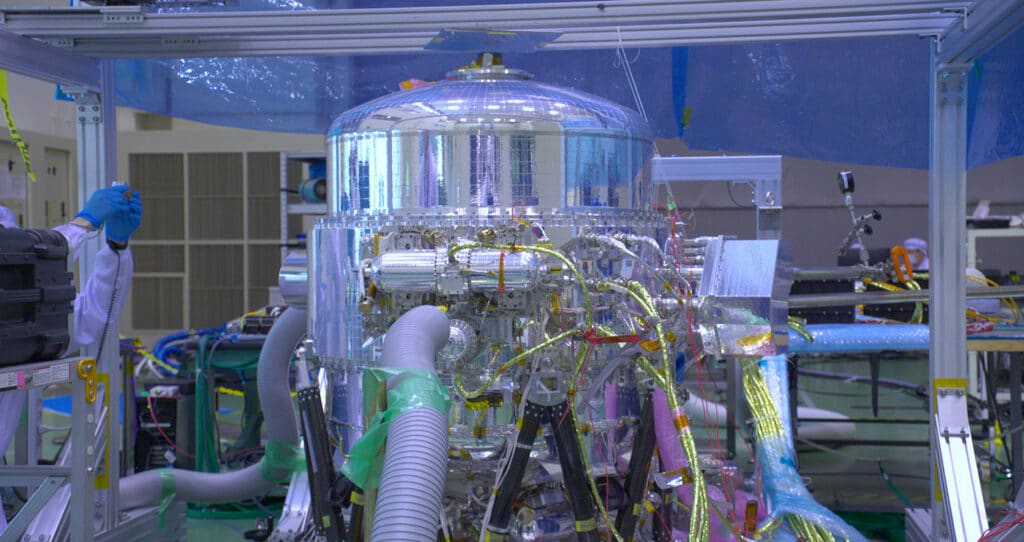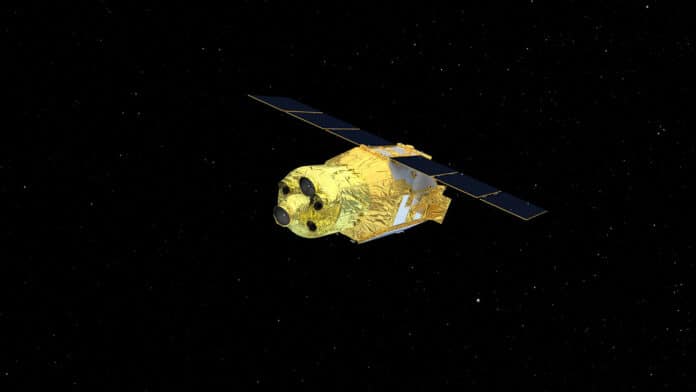NASA has collaborated with Japan Aerospace Exploration Agency (JAXA) and European Space Agency (ESA) to launch their new satellite named X-ray Imaging and Spectroscopy Mission (XRISM, pronounced as “crism”), aiming to inject high-energy light into the equivalent of an X-ray rainbow using an instrument called Resolve.
Resolve is an X-ray microcalorimeter spectrometer instrument on XRISM. It measures tiny temperature changes created when an X-ray hits its 6-by-6-pixel detector. The detector must be cooled to minus 460 Fahrenheit (minus 270 Celsius), just one degree below absolute zero, to measure that minus increase and determine the energy of the X-ray. The instrument reaches its operating temperature after a multistage mechanical cooling process in a refrigerator-sized container of liquid helium.
Astronomers now use spectrometers tuned to all kinds of light to learn about cosmic objects’ physical states, motions, and structures. Resolve will perform spectroscopy for X-rays with energies ranging from 400 to 12,000 electron volts, measuring the energy of individual X-rays to create a spectrum. (For comparison, visible light energy ranges from about 2 to 3 electron volts.)
Once in space, it will unlock the secrets of other energetic phenomena such as black holes, galaxy clusters, supernovae, and active galactic nuclei.

“Resolve will give us a new look into some of the universe’s most energetic objects, including black holes, clusters of galaxies, and the aftermath of stellar explosions,” said Richard Kelley, NASA’s XRISM principal investigator at NASA’s Goddard Space Flight Center in Greenbelt, Maryland. “We’ll learn more about how they behave and what they’re made of using the data the mission collects after launch.”
Resolve can measure high-resolution spectra of the object by collecting thousands or even millions of X-rays from a cosmic source. Spectra are measurements of the intensity of light at various energies. Prisms disperse visible light into their different energies, which we know better than the colors of the rainbow. Scientists used prisms in early spectrometers to detect spectral lines, which occur when atoms or molecules absorb or emit energy.
“The spectra XRISM collects will be the most detailed we’ve ever seen for some of the phenomena we’ll observe,” said Brian Williams, NASA’s XRISM project scientist at Goddard.
The mission will provide researchers and scientists with insight into some of the most challenging places to study in space, such as the internal structure of neutron stars and near-light-speed particle jets powered by black holes in active galaxies.
The mission’s other instrument, developed by JAXA called Xtend. It will give XRISM the largest field of view of any X-ray imaging satellite flown to date, observing an area about 60% larger than the average size of the full Moon.
XRISM is scheduled to launch on August 25, 2023 (August 26 in Japan) from Japan’s Tanegashima Space Center.
